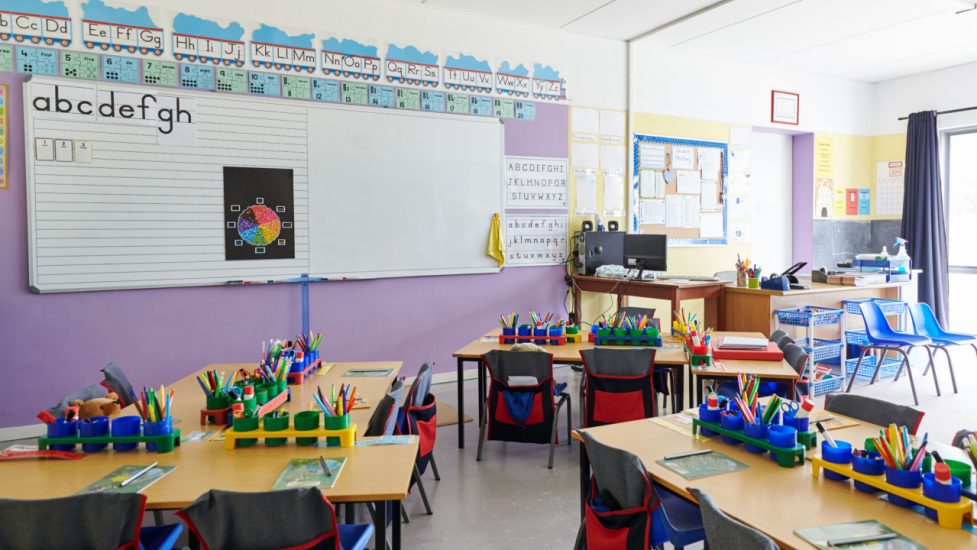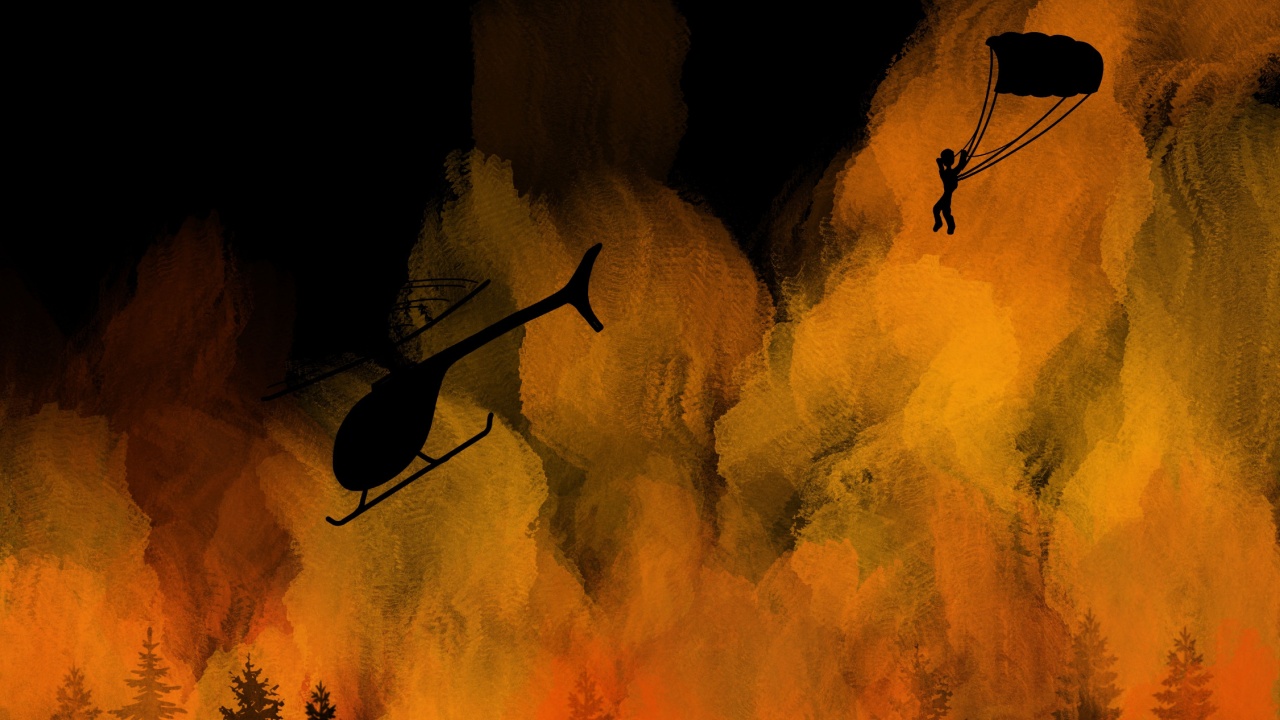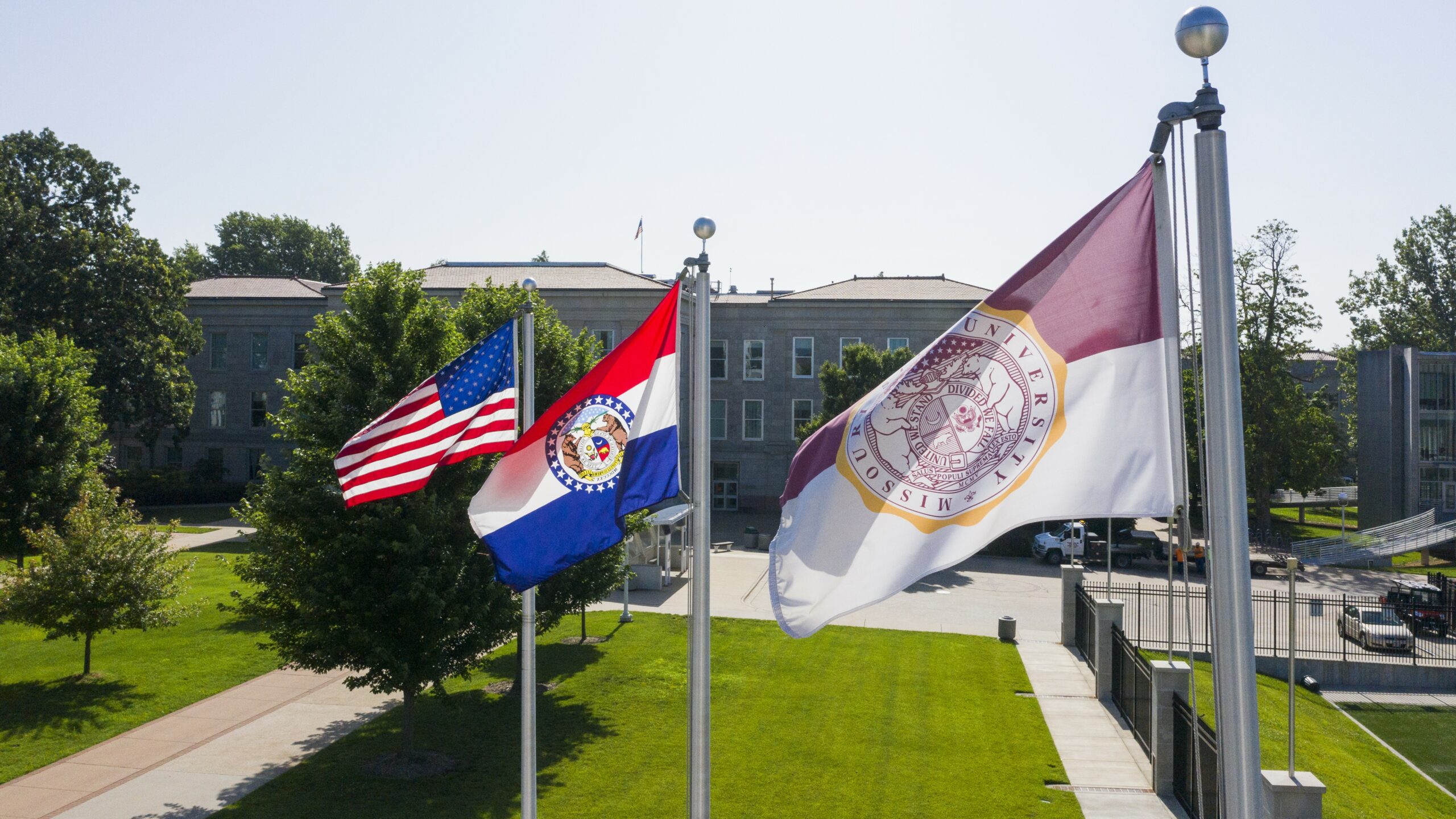In Montana, high schools and colleges are working together to build a pipeline of homegrown talent for the classroom. High school students interested in a career in education are part of teaching teams at elementary schools.
The Teachers of Promise Pathways (TOPP) brings together the Havre and Great Falls school districts with Montana State University-Northern (MSU) and Great Falls College Montana State University (GFCMSU) with dual enrollment opportunities for juniors and seniors.
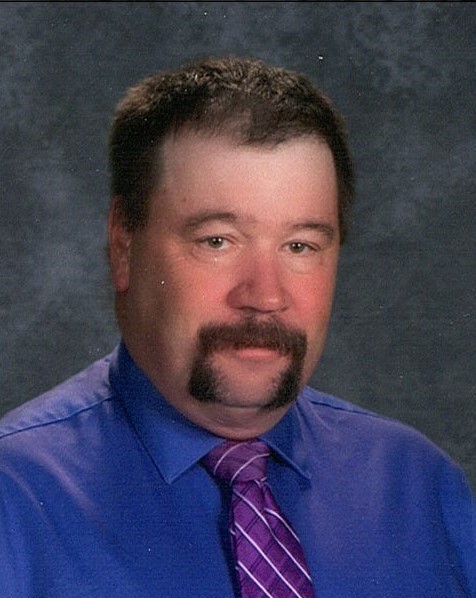
Education-specific courses are part of the program, and students may have the opportunity to take other college-level classes to earn credits before they graduate high school.
“[The teacher shortage] is past critical stages,” says Brad A. Moore, assistant superintendent of Havre Public Schools.
“We won’t be able to fill all positions. We’ll get by. I was 9-1/2 positions short last year. We’ll be a few short this year. Not just certified teachers, but for paraprofessionals and support staff, we’re short on, too. I’ve been doing this a long time and it gets harder and harder every year to find staff.”
Fostering Homegrown Talent
Beckie Frisbee, the 7-12 curriculum coordinator for Great Falls Public Schools, agrees with that struggle. Frisbee says, in the past, one opening attracted 50-80 applications; one candidate out of 20 would make it to the interview stage. Now, she says perhaps one of five make it that far. Specialty areas are more difficult to fill.
The idea of fueling high school students’ interest and developing talent through TOPP started a couple years ago. Students at their respective high schools take a year-long Teacher of Promise Pathways class at their high school then can take other high school classes or dual enrollment online college classes.
In addition to their academic work, they spend a few hours every week in the classroom, with students, assisting a fully certified teacher. Frisbee says this program offers more security and freedom than the typical process to becoming an educator.
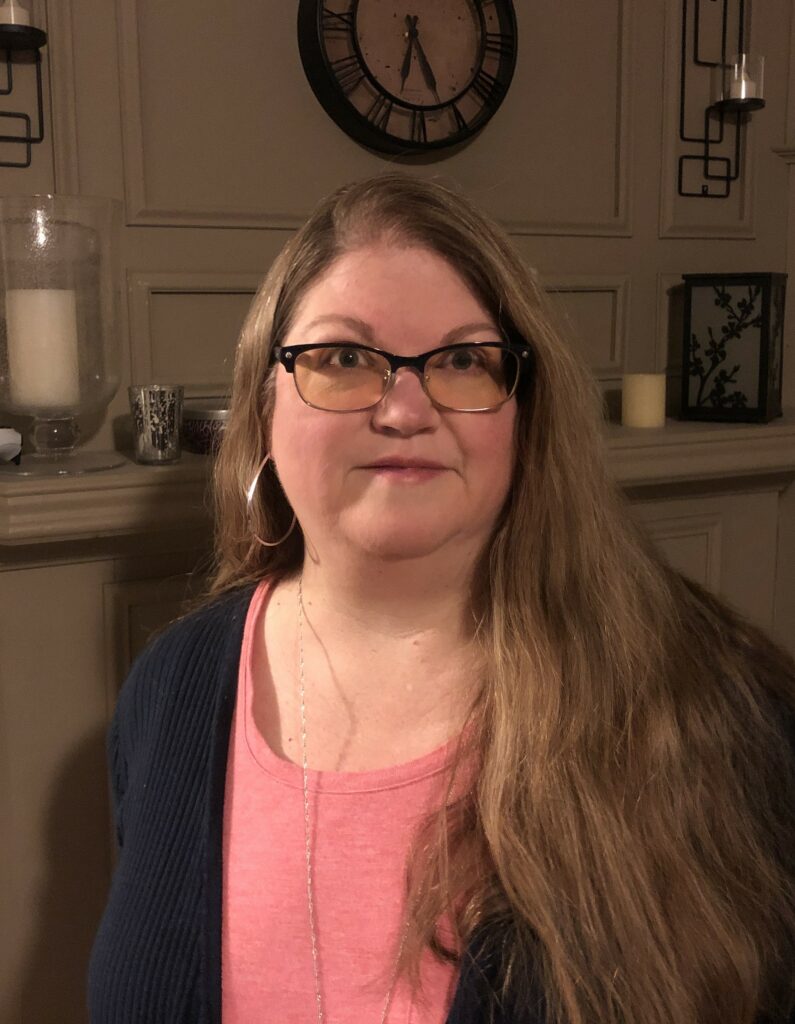
“Locally, the program has a lot of benefits. Think of a Great Falls high school graduate who has always lived in this area. She wants to teach in the area. She can do the program while working, and be a teacher,” Frisbee says.
“The goal is to stay in our district, which is the idea of growing your own talent. They’re from the area. They can stay here. They don’t have to move. Maybe still able to live with mom and dad. Maybe have a great part-time job in high school, can keep that job, and go to school.
“Versus when they’re a transplant, even if they’re only moving across the state or another state, they’ve got to find a new place to live, a new part-time job [while taking classes]. This allows a lot of freedom from stressors like that.”
The TOPP program falls under a wider New America strategy – Grow Your Own (GYO). GYO – often used to combat the shortage of educators, focuses on the development and retention of teachers who part of the community.
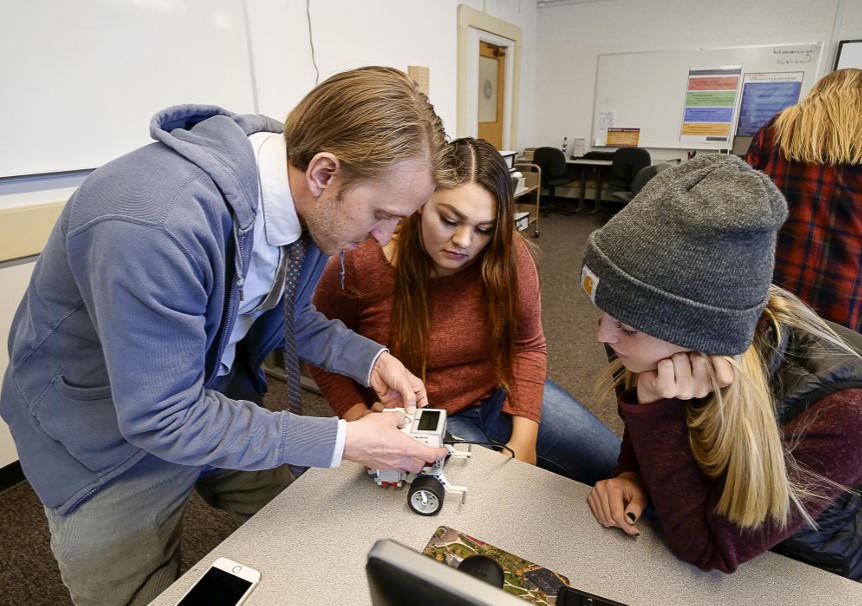
‘You’re helping them succeed’
Havre High School senior Patience Allestad has already made a dent in the classes she needs towards a college degree in education. When she graduates from high school in May 2024, she’ll be close to also earning her associate degree from MSU-Northern.
“I really got into education when I was in my first class and our presenter said, ‘When you’re a teacher, you have the most important job. You help to be part of someone’s life and make a big difference. Without you, even as second grade teacher, they couldn’t be a doctor today.’ You’re helping them succeed,” Allestad says.
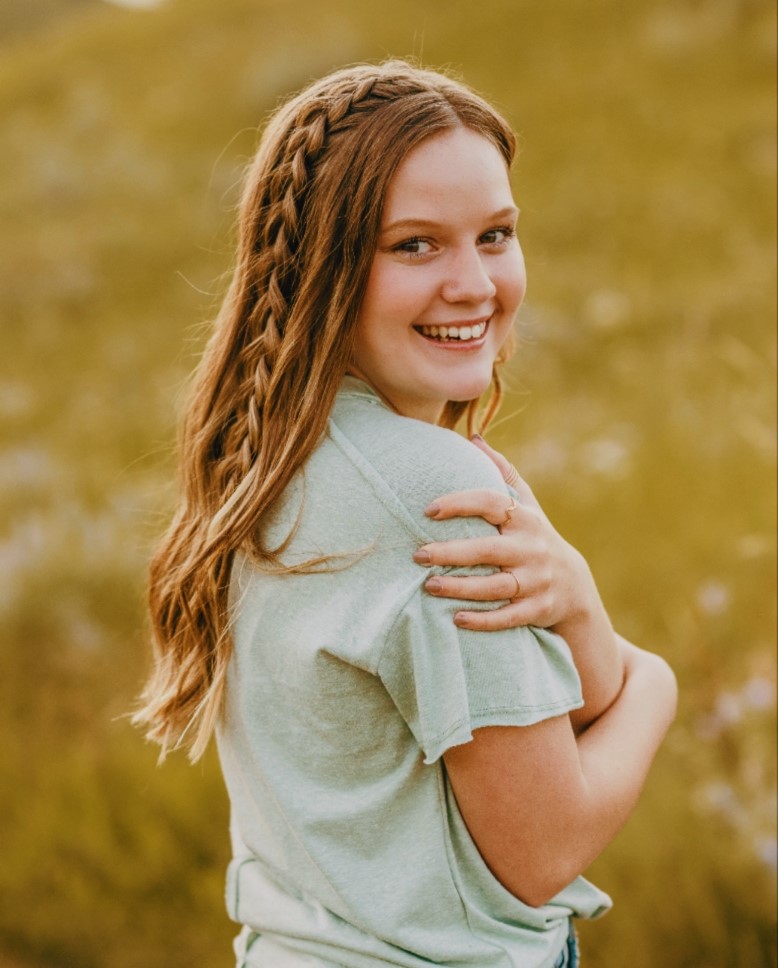
Through the TOPP program, Allestad works in a kindergarten classroom every day with 20 students. During her first three periods of high school, she is at Highland Park Elementary School assisting the teacher.
“I have my own reading group and help around the classroom with writing and fun assignments. I help with whatever is needed, with kids who need extra attention,” she says.
Then, she heads to her high school for a government class, lunch, and three dual credit classes from MSU-Northern. The TOPP program has given her a new perspective of teaching when in classes as a student.
“Especially after my first introduction to education class, you start to study different teaching styles. I remember talking to a teacher one day and said, ‘You teach like this,’ and he said, ‘yes!’”
Allestad says, “I study my kindergarten classroom and watch how the teacher presents the lesson. I study the way she talks – how it’s different based on age levels. Math is a big one because you have so many ways to incorporate a lesson. But I really, really love the teaching styles of math at Havre High. It’s fun. I find myself looking too much into how they teach versus what they teach.”
After earning her associate degree, Allestad plans to continue her education at MSU Bozeman or Western. She hopes to eventually earn a master’s degree and experience teaching every grade. She’s not entirely sure, though, if that will be in her hometown.
“I’ll be the first teacher in my family,” she says. “I have been interested in it from a young age. I played teacher when I was younger and excelled in school very early on.”
Wherever Allestad’s education career takes her, Frisbee says the TOPP program is still an asset to the community.
“If you’ve got young first- and second-year teachers coming back, they’re bringing their income here. If they’re young teachers, they’ll eventually have family which will grow your community and grow the economics. And if you ask a parent, I’m sure they’d love opportunity for their child to not have to move their family elsewhere,” Frisbee says.
“The true effects we won’t see for three, four, five years,” Moore says. “With the shortage across the state…we’ve got to try something.”

